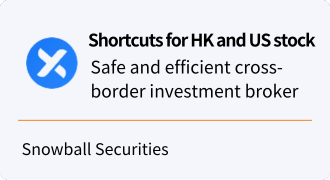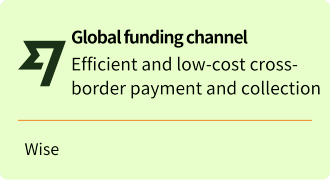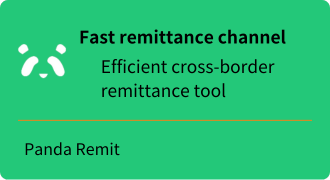Demystifying Quantitative Trading: A Beginner's Guide to Data-Driven Investing
[DISCLAIMER] This article is for educational and informational purposes only and does not constitute investment advice. Readers should consult with qualified financial professionals before making any investment decisions.
If the video above does not play, please click here to play it
What is quantification? Quantification is the process of taking some abstract and vague factors and representing them with concrete and clear data so that they can be analyzed and measured, and the results of the data can be derived so that they can be analyzed and compared.
What is the ultimate purpose of our investment?
Of course, it is to realize the preservation and appreciation of assets. No one would say that it is to lose money. No one would say that it is to lose money. If that is the case, I would suggest that you do something charitable with the money. So, in order to really achieve the preservation and appreciation of value, what do we need to do?
1. Leave the professional work to the professionals
As the old saying goes, “Ask a farmer when plowing, ask an embroiderer when weaving.” It cannot be changed.
We can buy funds, ETFs and other products, hand over the money to professional fund managers to take care of, with the help of their professional ability to help us manage money.
2. Super Luck
Step on the nodes of the trend, buy what, what goes up, sell what, what goes down. Usually, such a situation is not often encountered.
In this world there are really such people, but generally lucky are short-lived, will not last long.
3. Trading on your own
Need to constantly learn the relevant knowledge, and continue to improve the ability to analyze, judgment, the formation of their own trading theory framework and trading system.
No matter which of the above methods you use to achieve the purpose, you need some basic quantitative, statistical and analytical knowledge. Which fund has historically performed better, you may ask? When is your luck better, and so on and so forth.
We can improve ourselves by summarizing our historical trades and reviewing successes and failures. But without exception, we all use quantitative methods, for example, when analyzing returns, 30% annualized is half as good as 20% annualized.
Uncle thinks:
Behind all trading behaviors, most of the running logic is the result from quantification.
The difference between them is:
- Quantitative tools are different
Some people use computers to analyze data; some people use EXCEL; even, some people sit under the tree, was hit by an apple can use pen and paper to calculate the formula of gravity. - Quantification of different objects
Some people based on the economic cycle, statistical reports and other macro data, claiming that they do value investment or belong to the fundamental analysis. Some people like to face the K line and other trend data, say they are technical or belong to the technical analysis.
Quantitative analysis can usually be done using statistics, machine learning, artificial intelligence and other methods. The purpose is to analyze and validate our ideas and theories in as much data as possible, and continuously correct cognitive bias through the analysis results, thus increasing the certainty of probability and
realize our investment purpose. The results of quantitative analysis after systematic integration can be applied to specific investment transactions, which is quantitative trading. Doesn't it look very grand?
Thank you for watching.
Don't get lost, and give me the trifecta!
See you in the next issue!
Bye-bye







